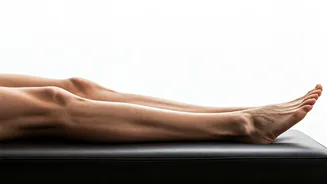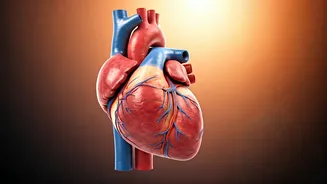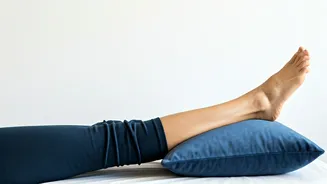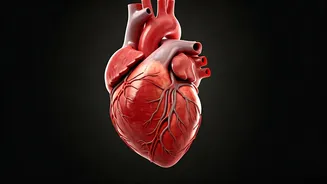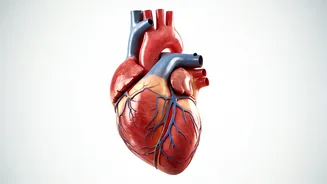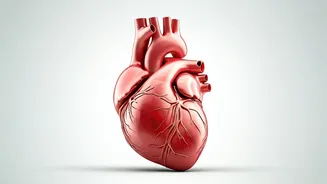Elevating the Legs
The practice of leg elevation has gained popularity as a quick and easy method to enhance physical wellness. Specifically, the "10-minute leg elevation"
trend suggests raising your legs above the heart level for a short period. This technique is more than just a passing trend; it provides many health advantages based on how the body functions. Elevating the legs is easy to do in the comfort of your home, either lying on a bed or using a chair. This practice is believed to have a positive impact on various aspects of health, including reducing swelling and promoting overall health. The core principle revolves around using gravity to enhance circulation. By raising the legs, the process aids the veins in efficiently returning blood to the heart. This technique is often recommended to those who spend many hours standing or sitting. Doing this can greatly enhance comfort and wellness.
Boosting Circulation
One of the primary benefits of leg elevation is its positive impact on circulation. When the legs are elevated, the force of gravity helps in reducing the pressure in the leg veins. This promotes better blood flow throughout the lower extremities. Elevated legs allow the veins to work more efficiently, returning blood to the heart and decreasing the risk of blood pooling in the legs. Poor circulation can lead to many problems, including swelling, pain, and fatigue. Implementing leg elevation can help alleviate these symptoms. Regular practice improves overall cardiovascular health. Elevating legs becomes an effective way to improve the circulatory system. Doing this encourages the efficient return of blood to the heart, which is essential for transporting oxygen and nutrients throughout the body. Individuals who spend many hours sitting or standing may particularly benefit from this practice because their legs are prone to swelling and circulatory problems. Incorporating it into a daily routine can aid in maintaining healthy legs and overall well-being.
Reducing Swelling
Leg elevation is an effective technique for reducing swelling, a common condition caused by fluid buildup in the legs and ankles. This fluid retention, known as edema, is often the result of poor circulation, prolonged standing or sitting, or certain medical conditions. Elevating the legs helps to counteract these effects. Gravity pulls the accumulated fluid back into the circulatory system, where it can be processed by the body. This process reduces swelling, providing relief and comfort. Individuals often experience swelling after long travel, exercise, or throughout pregnancy. The 10-minute elevation technique can easily incorporate into daily routines to alleviate this discomfort. Elevating the legs regularly promotes healthy blood flow and reduces the likelihood of fluid buildup. By doing this, individuals can manage edema-related symptoms and experience improved mobility. Those who implement leg elevation consistently will notice a reduction in swelling and an overall improvement in their health.
More Health Benefits
The advantages of leg elevation extend beyond improving circulation and reducing swelling. It can also support additional health advantages. Some of these include relieving tired legs, improving sleep quality, and alleviating mild forms of pain. Elevating the legs helps relax the muscles in the legs and feet, providing relief from fatigue. This is especially beneficial for people who spend long hours on their feet or experience muscle discomfort. Elevating the legs before bedtime can promote better sleep. This is because it reduces discomfort and promotes relaxation, leading to a more restful night. Leg elevation may also alleviate minor aches and pains in the legs and feet by reducing pressure and improving blood flow. It is a natural and non-invasive technique that has become a simple yet effective tool for promoting well-being. By incorporating it into daily life, people can experience multiple health advantages and overall improvements in quality of life.
